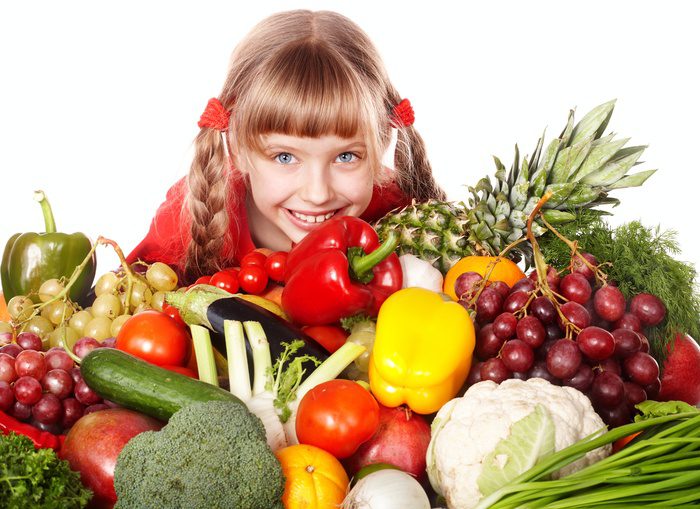Food allergy is an abdominal immune response to food. The symptoms can include itchiness, swelling of the tongue, vomiting, diarrhea, trouble breathing, hives, or low blood pressure. People are usually allergic to foods like peanuts, fish, eggs, shellfish, cow’s milk, tree nuts, wheat, and soy. The symptoms can be mild to severe. The reaction occurs when a part of the immune system, immunoglobulin binds the food molecules. Also, family history plays a part in this. Things like obesity, and high levels of cleanliness, allergies, and vitamin D deficiency. Serious danger regarding allergies can begin when the respiratory tract or blood circulation is affected. Diagnosis is usually done based on family history, skin prick tests, blood tests, or oral food challenges. In today’s world, 20 percent of people have a reaction to rhinitis, about 6 percent have at least one food allergy. The treatment is usually around avoiding the food the person is allergic to. Would you like to know more? Keep reading!
FOOD ALLERGIES: WHAT ARE THEY?
The term “food allergy” includes manifestations related to the intake of foods that involve the immune system. In a population given, food allergies are influenced by the type of diet. For example, rice allergy is exceptional with us but very common in Japan, as for buckwheat in Korea or fish in Scandinavia. Certain foods have a high allergy potential and are responsible for reactions in many countries of the world (peanuts, nuts, eggs, and milk…). Elsewhere, consuming large amounts of peanuts, for example, may promote the development of allergies in a predisposed child. An increase in the overall number of allergies has been observed in many countries around the world, including Switzerland. Concerning food allergies, we see more food allergies these years, but the increase is difficult to quantify. However, it is quite clear that some allergies, such as peanut allergy virtually unknown a few years ago, have risen sharply. In recent years, allergies to so-called exotic fruits, such as kiwi or mango are increasing. Preservatives and dyes, often suspected, are only exceptionally involved in food allergies.
WRONG IDEAS
- Contrary to popular belief, strawberries do not cause rarely true food allergies
- Sugars, yeasts, phosphates… cannot activate the system immune system to trigger food allergies.
CHILDREN’S FOOD ALLERGY: WHAT IS HAPPENING?
Children mainly have two types of food allergies:
- The “immediate” type (mediated by allergy antibodies = IgE)
It is characterized by the appearance of an urticarial reaction (nettle reaction), sometimes eczema. In more severe reactions, the patient may experience digestive manifestations like diarrhea or vomiting, respiratory like seizures acute asthma, swelling of the face and mouth (edema of Quincke), rhino-conjunctivitis acute or unwellness (anaphylactic shock). Some reactions can be very severe or even fatal.
The foods most commonly involved are eggs, milk, and peanuts. On the other hand, frequent reactions are also seen after ingestion of nuts (walnuts, hazelnuts, tree nuts, etc.), various cereals, fish, and meat. Almost all foods can potentially cause a food allergy. - The “delayed” type (non-IgE mediated)
Its manifestations are mainly characterized by digestive symptoms (diarrhea and/or vomiting). Milk is most commonly involved in this type of reaction.
WHAT TO DO TO KNOW IF MY CHILD IS SUFFERING A FOOD ALLERGY?
When symptoms suggestive of a food allergy occur, it is very important to take note of all food, drink, and medication ingested in the hours before the reaction. This list will be very useful to the doctor who will look for the cause of the allergy. This will look for sensitivity to food by skin tests and/or measurement of specific IgE by means of a plug of blood. In some cases, a supervised food challenge test strict medical care will be indicated. It is very important to never use again a food suspected of having caused an allergy without having previously discussed it with the doctor.
SYMPTOMS
- The “immediate” type: hives, eczema, asthma, swelling of the face, shock, etc.
- The “delayed” type: diarrhea and/or vomiting.


HOW TO TREAT FOOD ALLERGIES IN CHILDREN?
Treatment of the allergic reaction usually requires consultation with the emergency doctor. Children at risk for a food allergy reaction must be carrying an emergency set to quickly administer the drugs needed while waiting for an emergency consultation. The patient and/or his parents will be instructed in the handling of this set by the doctor who will have it prescribed. The treatment of food allergy is the avoidance of the offending food. This eviction must be total because even traces of this food could be responsible for a life-threatening reaction. It will be necessary to be particularly attentive to hidden foods, which can be found in preparations industrial. There is currently no desensitization possible for food allergies.
USEFUL ADDRESS:
Recommendation for primary prevention of allergies for newborns with an increased risk of atopy
http://www.swiss-paediatrics. org










0 Comments